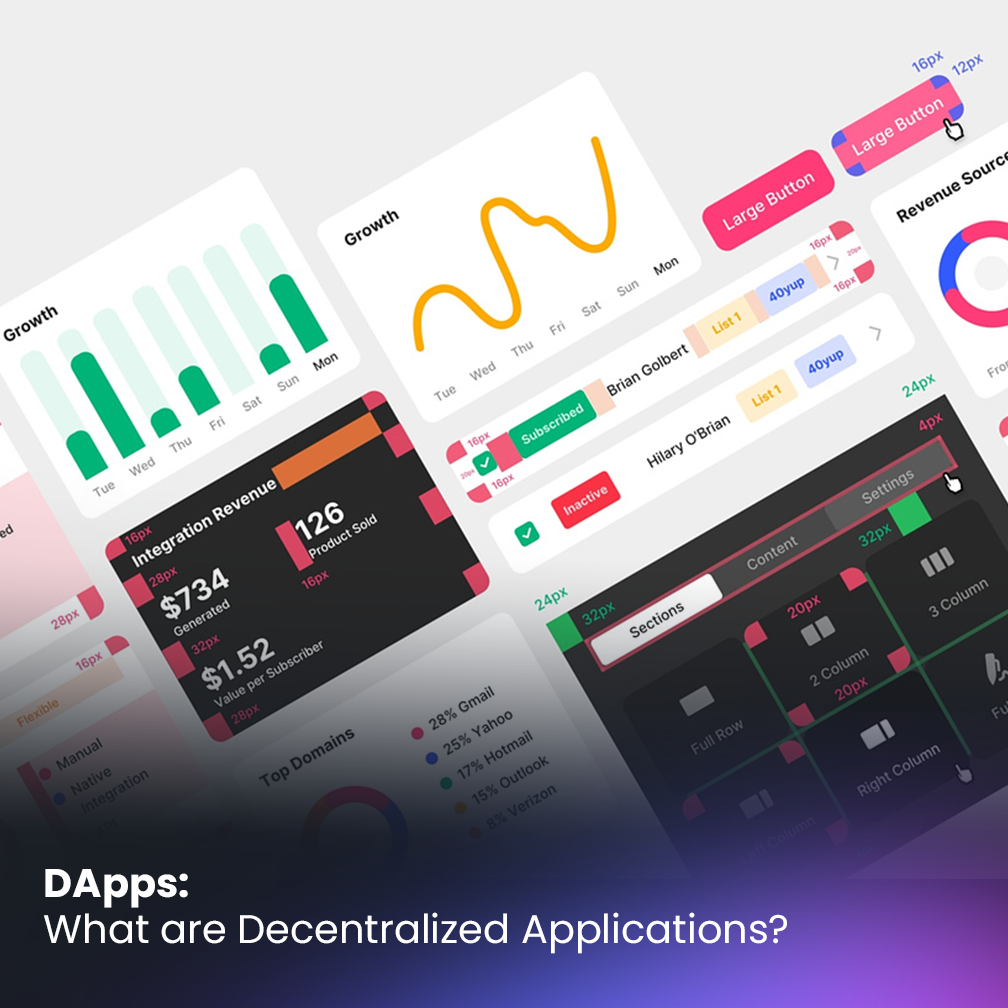
Estimated reading time: 7 minutes
Decentralized applications, or DApps, have been gaining increasing attention in the world of blockchain technology. Built on top of decentralized networks such as Ethereum, DApps can offer new and innovative solutions to traditional problems, such as financial transactions and data management.
By using decentralized networks, DApps provide increased security, transparency, and ownership to their users, creating a new era of decentralized applications that could potentially change the way we interact with technology and with each other.
In this article, we will delve deeper into the world of DApps, exploring their benefits, challenges, and potential impact on our future.
Table of contents
What are DApps?
DApps refer to decentralized applications and sites that make up spatial computing platforms. While DApps may have a similar look and feel to regular websites and apps on the front-end, the way they function at the back-end is fundamentally different.
Unlike traditional sites and apps, which are hosted on centralized servers controlled by corporations, DApps aren’t hosted on such servers, meaning there’s no single owner.
In other words, DApps work on networks of independently operated servers known as “nodes,” with no central authority or universal off switch. For instance, an app like Uber, which operates on a Web 2.0 site, owns and operates its own servers, giving it complete control over various aspects of its service, including fee structures, supported regions, driver requirements, and more.
In contrast to centralized servers, DApps are mainly hosted on decentralized networks of independently operated servers. This means that no single owner is controlling the core programs and components of DApps, which are stored on blockchains.
While all DApps are spatial apps, not all of them are deemed DApps as some may not be decentralized. These terms are frequently used interchangeably. Connecting to DApps requires a cryptocurrency wallet. Different types of apps include games, DeFi, and spatial platforms. Decentralized autonomous organizations (DAOs) are often leveraged by DApps for decentralized governance purposes.
The Benefits of DApps
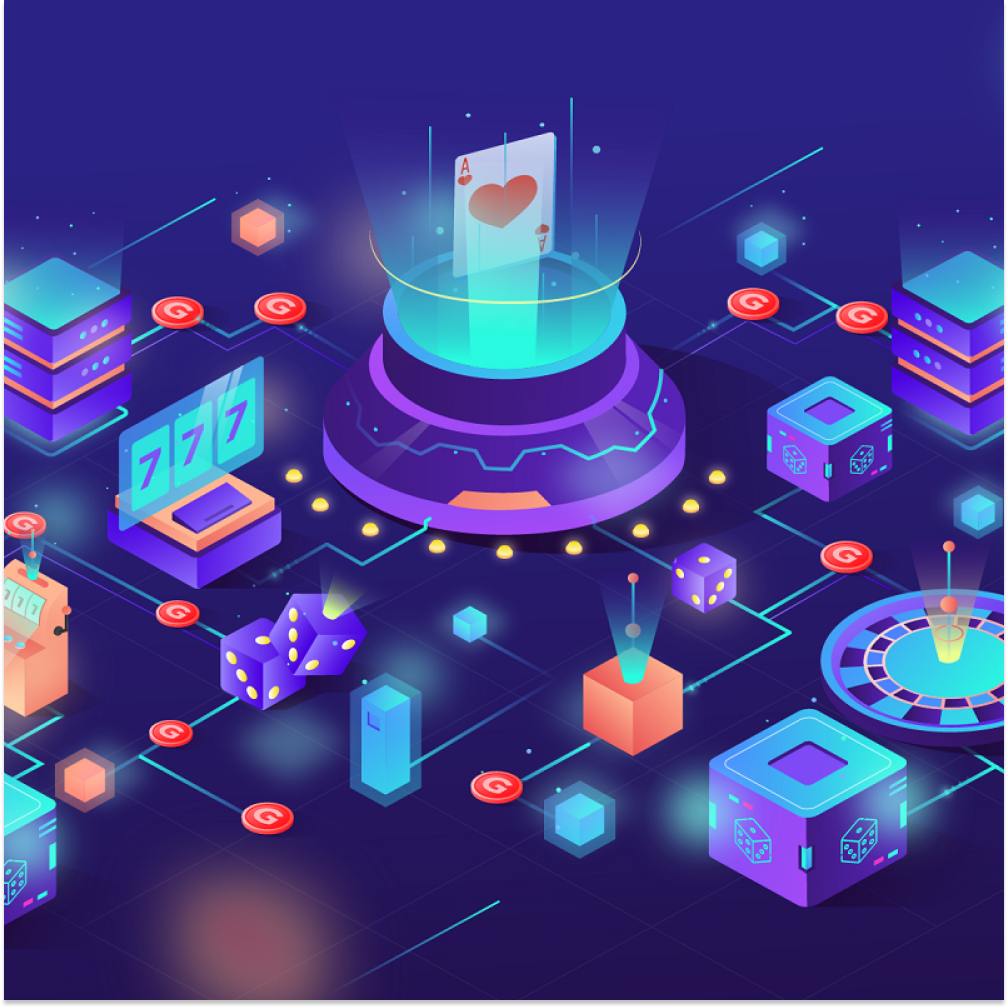
After a DApp is introduced to a blockchain network, the responsibility for its hosting is distributed among all nodes in the network instead of being solely managed by a central authority. This brings about some distinct benefits that we will discuss below.
Permissinlessness
DApps are often referred to as “permissionless” or open because there is no centralized entity responsible for granting or limiting access. Unlike the traditional approach of using a username and password combination validated against a central database, your crypto wallet acts as your gateway to all DApps.
Security
Due to their resiliency, DApps are widely regarded as secure. This refers to the existence of multiple backups or copies of something, which acts as a safety net in case one version is lost or destroyed.
When a DApp is deployed on a blockchain network, it becomes co-hosted by every node that stores a copy of the blockchain ledger. As long as there is at least one online node, the DApp should remain accessible. By distributing hosting among a globally decentralized network of nodes, DApps are better equipped to withstand issues such as power outages or network problems that could otherwise result in a single point of failure.
Resistance to censorship
Due to their decentralized hosting, DApps are immune to censorship. If a government aimed to limit the utilization of a platform like Uber, it could achieve this by focusing on and disconnecting Uber’s servers in a specific area.
However, since DApps are backed by globally spread-out nodes, there is no service provider or central authority that can block access to the DApp. Once the code for a DApp has been implemented onto a blockchain network, it is impossible to take it offline.
Types of Decentralized Applications
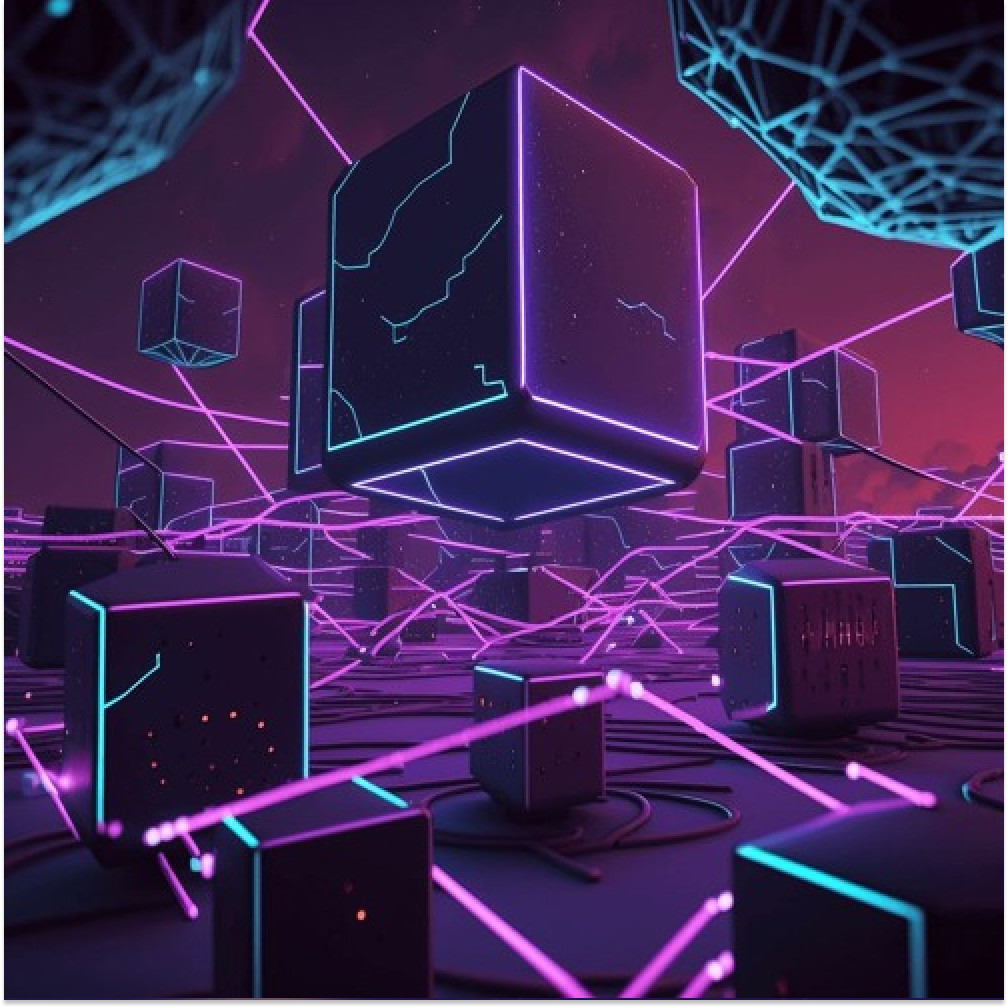
Now that we have become familiar with the concept of DApps and their features, let’s take a look at some of their most common uses.
Decentralized Finance (DeFi)
DeFi is a novel way of providing financial services in the world of spatial computing platforms. These services are similar to what you would expect from traditional online financial services. However, the key distinction is that DeFi operates on a spatial model that eliminates intermediaries. This approach seeks to lower costs, increase efficiency, and enhance accessibility for users.
Conventional financial services such as banks are centralized, meaning that all financial transactions go through a central authority. This setup comes with its own set of limitations, such as transfer fees and processing delays. In contrast, DeFi leverages the decentralized security of blockchain to remove the need for intermediaries. This makes financial services more accessible and affordable for users.
Decentralized Gaming
Decentralization has also brought benefits to the gaming industry. In the past, gaming companies owned all the assets involved in the gaming process, from game systems to subscriptions and in-game content. This centralized approach allowed these companies to make a lot of money by selling these assets repeatedly to users.
However, gaming DApps have disrupted this model by enabling users to own the content they purchase and use it as they wish. These games are usually free and permissionless, so users can play them simply by connecting their crypto wallets.
When playing spatial platform games, users can earn in-game assets like characters, items, and abilities that are “tokenized” and stored directly in their crypto wallets. This means that users own these assets and can use them across different gaming platforms.
Decentralized gaming DApps allow users to create their own content, own it, and transfer its value between different platforms. Whether users create their in-game assets, buy them, or earn them through gameplay, they own the value and can sell it to other users.
Decentralized Social Media
Today’s largest social media platforms are typically free for users to sign up and participate in. Despite this, these companies are some of the most valuable in the world. How do they generate revenue? Through advertising. By collecting, storing, and selling user data, social media companies can make money.
In contrast, social media DApps allow users to connect without a central authority and are more resistant to censorship. They are typically ad-free and are supported by microtransactions made by users to post content. Users can also earn money through these same microtransactions when other users engage with their content.
What is Decentralized Domain Ownership?
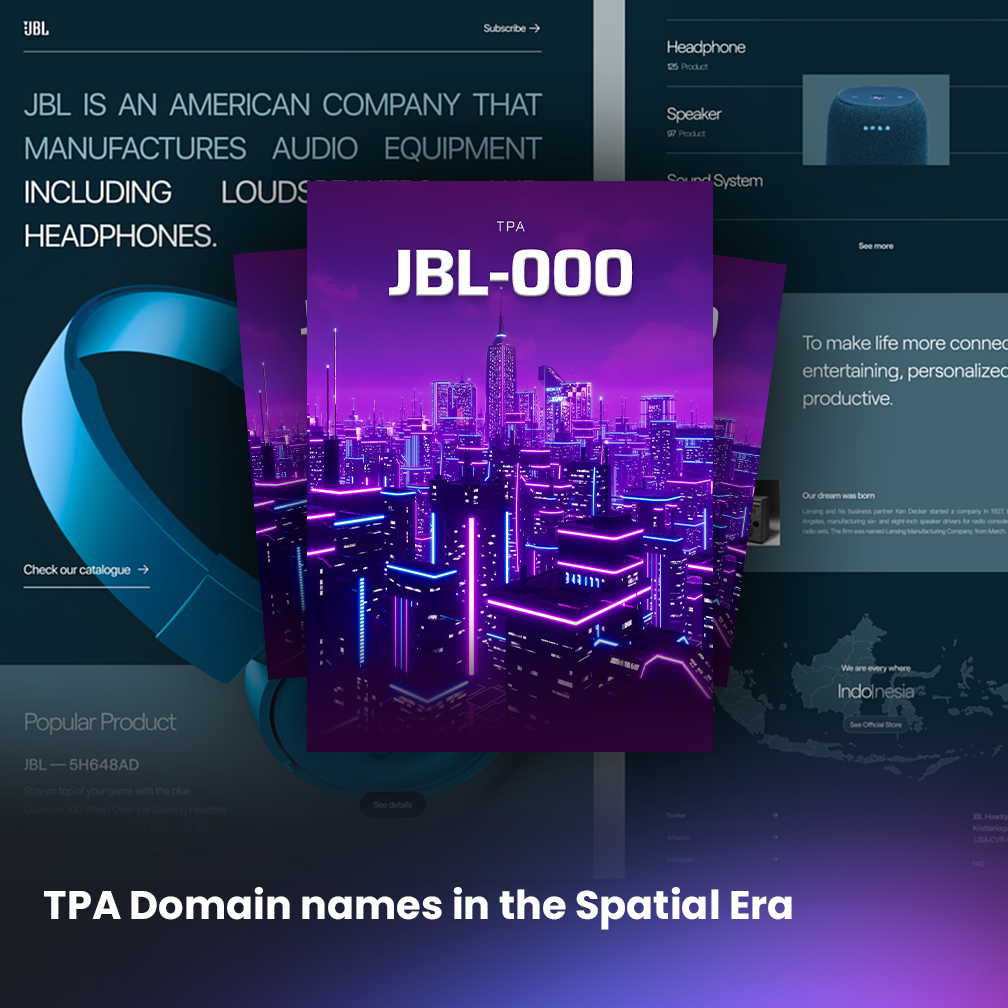
Spatial domain names mark the upcoming stage of online identity, providing more than just a basic web address. They serve as a platform to showcase your work and create a personal portfolio, making them a great choice for artists, designers, coders, and other creative individuals who want to showcase their work in their own unique way.
An advantage of spatial domains is that once you’ve registered and minted it on the blockchain, ownership can be verified, and no one else can take claim to it. It becomes permanently linked to your personal wallet and stays yours until you decide to sell it.
With technologies such as Teleport Plaque Address (TPA), users can securely manage and use their domain without relying on centralized intermediaries.
TPA ensures that users can access websites without being subject to manipulation or censorship by central authorities. It consists of a six-character code made up of three letters and three numbers. To receive more information about TPAs, visit the Stage Meta website.
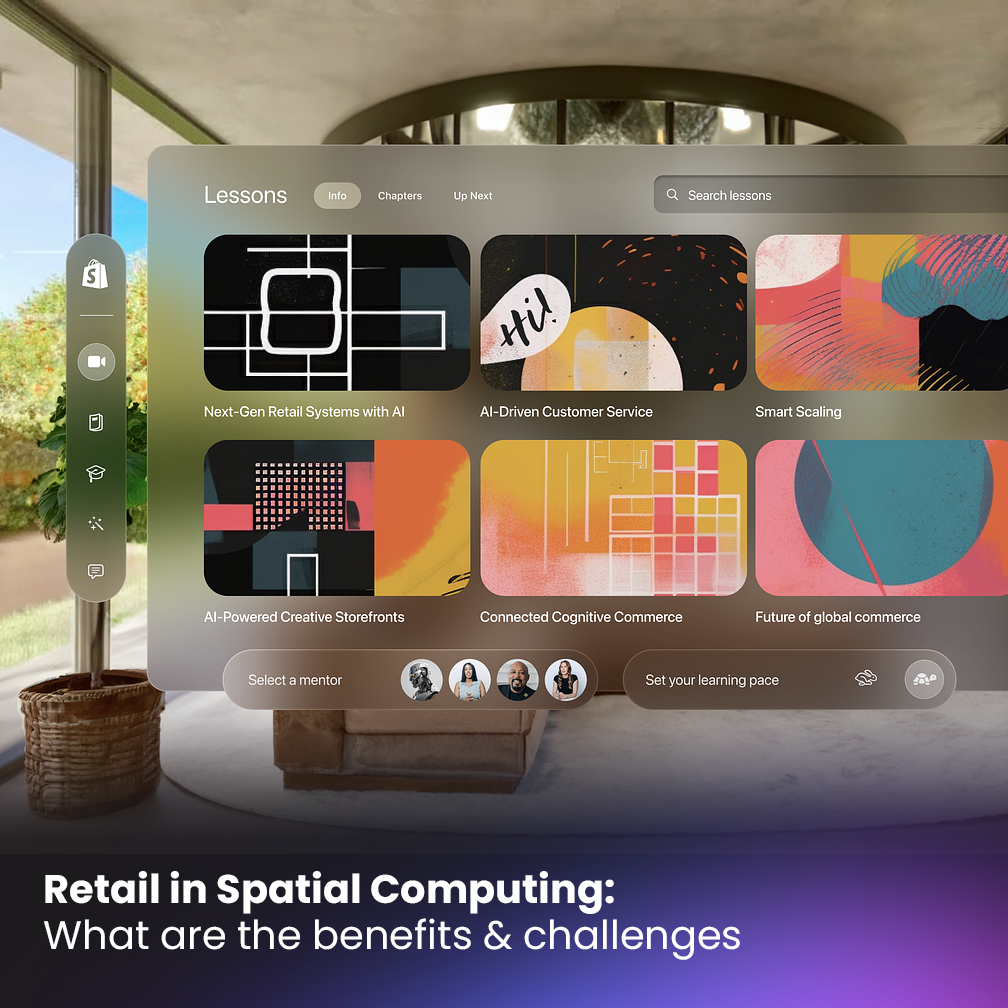
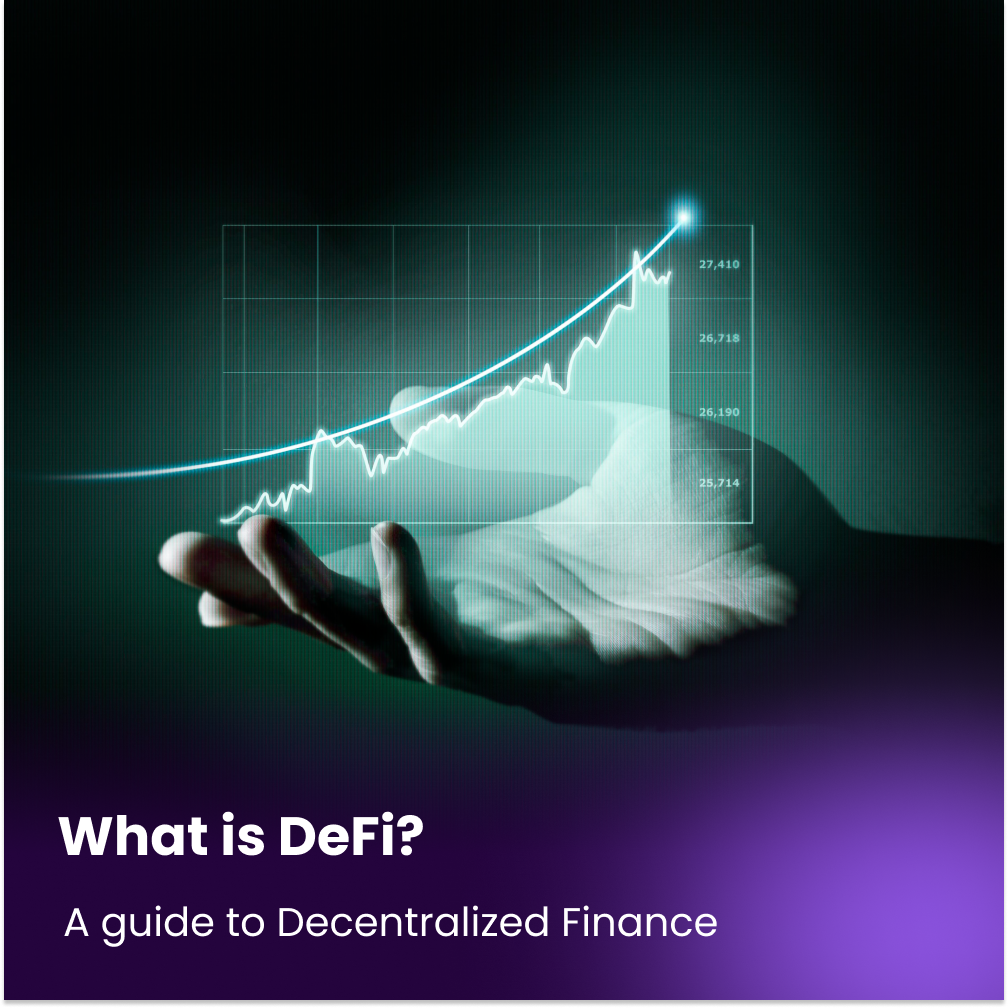







1 Comment
[…] Everything about Web3 DApps (decentralized applications) […]